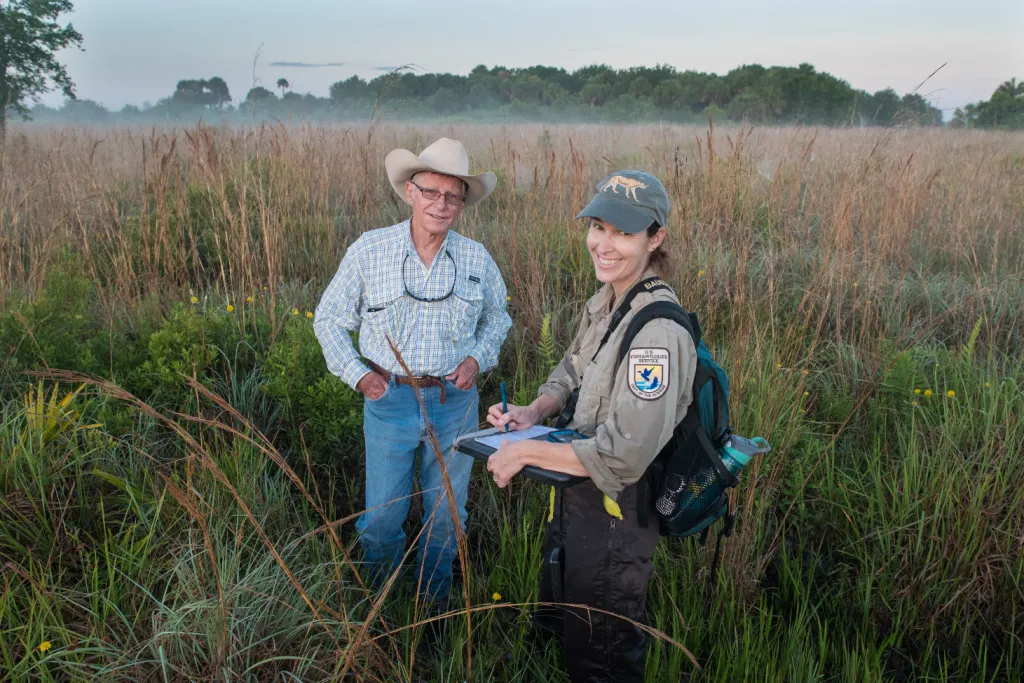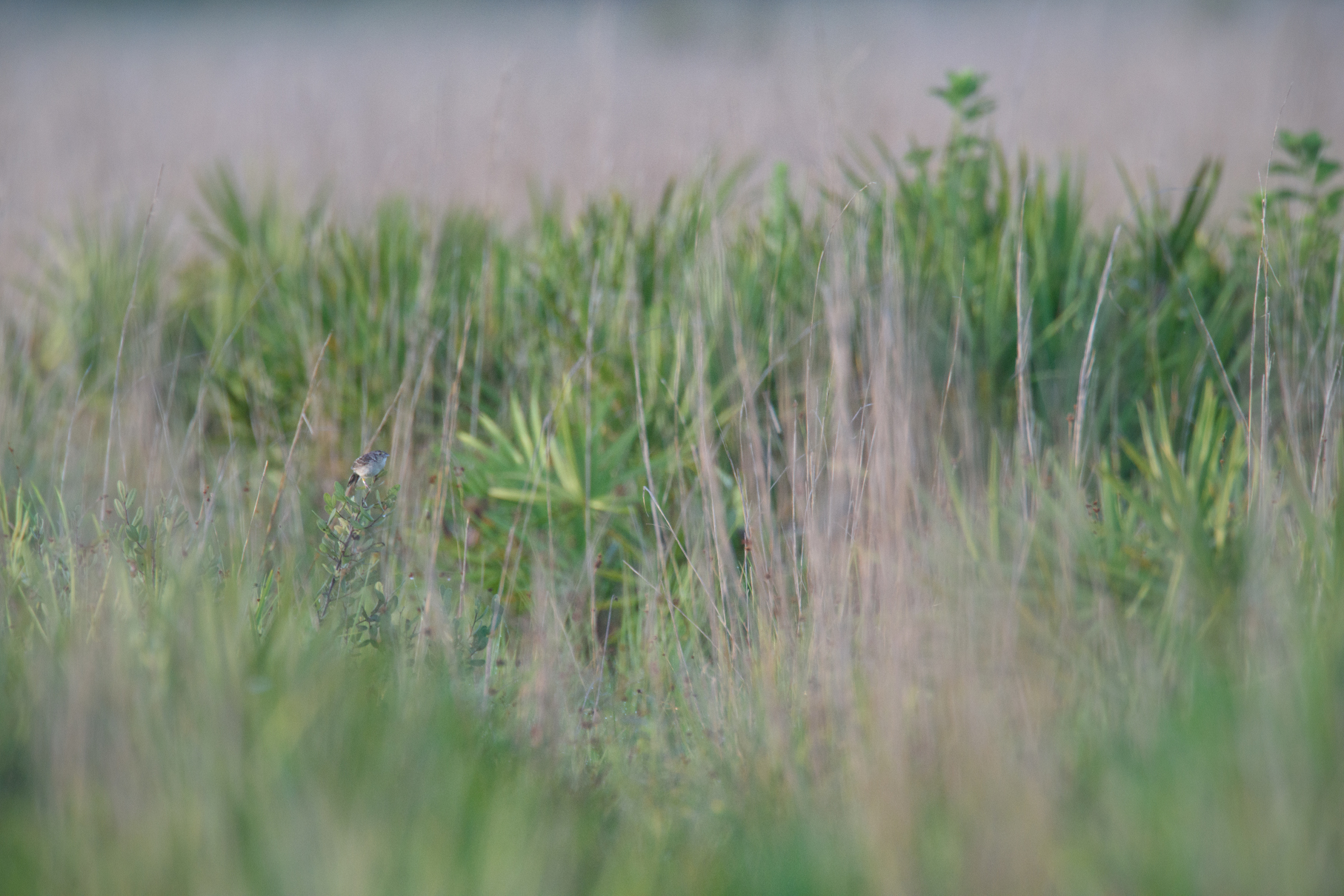The Everglades Headwaters National Wildlife Refuge and Conservation Area could serve as the first significant step of a larger, collaborative effort to save Florida’s biodiversity. Jason Totoiu, Executive Director & General Counsel of the Everglades Law Center, published an article on the Refuge’s unique approach to conservation in the January edition of the Environmental Law Reporter.
The headwaters contain millions acres of grasslands, wetlands, scrub, longleaf pine savannas, and cattle ranches that extend from the outskirts of metropolitan Orlando, through the Kissimmee River Valley, down to Lake Okeechobee. Recognizing the need for preserving these lands, the U.S. Fish and Wildlife Service recently established the Everglades Headwaters National Wildlife Refuge, which would protect 150,000 acres of habitat in Central Florida.
Florida’s population is expected to double by 2060. The amount of land devoted to urban use will also more than double, resulting in the conversion of 7 million acres of land to urban areas, including 2.7 million acres of existing agricultural land and 2.7 million acres of native habitat.
Central Florida is predicted to have “explosive” growth and “will be almost entirely urbanized” by 2060. This rapid development and urbanization will fragment animal habitats and make it difficult for native species to thrive.
We can preserve wildlife habitat throughout Central Florida by using a variety of methods, including fee simple acquisition and conservation easements. The Everglades Headwaters National Wildlife Refuge and Conservation area utilizes both approaches. Up to 50,000 acres of natural lands would be preserved through fee simple acquisition while an additional 100,000 acres would be preserved by working with ranchers through conservation easements. This helps ensure that vital wildlife corridors remain and assists with Everglades restoration.



